

Physical Features
The Ejisu-Juaben Municipality lies within Latitudes 1o 15' N and 1o 45' N and Longitude 6o 15' W and 7o 00' W, occupying a land area of 582.5 km2. The Municipality lies in central part of the Ashanti Region, sharing boundaries with six Districts in the Region. The Districts are Sekyere East and Afigya Kwabre to the Northeast and North-West respectively; the Bosomtwi and Asante Akim South Districts to the South; the Asante Akim North to the East and the Kumasi Metropolis to the West. The district capital is sited at Ejisu.
The Municipality has bi-modal rainfall pattern. The major rainfall period begins from March to July with average annual rainfall of 1,200 mm–1,500 mm per year. The minor rainfall period also begins in September and tapers off in November with an average minor annual rainfall of 900 mm-1,120 mm per year. December to February is usually dry, hot and dusty. Mean annual temperatures in the Municipality are lowest around 25o C in August and highest around 32o C in March. Relative humidity is moderate but quite high during the rainy season.
The Municipality lies in the semi-deciduous forest zone of Ghana. The flora and fauna is diverse and composed of different species of both economic and ornamental tree species with varying heights and game and wildlife. The Bobiri Forest Reserve for example is renowned for its butterfly species, greenery and varied flora and fauna.
The topography of the Municipality area is generally undulating, dissected by plains and slopes with heights ranging between 240 metres and 300 metres above sea level. The geology of the Municipality is precambrian rocks of the Birimian and Tarkwaian formations that is generally suitable for agriculture. The soils include the associations of the Kumasi-Offin, Bomso-Offin, Kobeda-Esshiem-Oda, Bekwai-Oda Compound, and Juaso-Mawso Compounds.
The Oda, Anum, Bankro, Hwere and Baffoe Rivers are the major rivers in the area. These rivers flow continually throughout the year and it is used for both domestic and agricultural purposes. An example is the Anum River Valley used for irrigation rice production at Nobewam.
The natural environment of the Municipality abounds in tourism potentials. The potentials include the beautiful Bobiri Forest Reserve now famous for its butterfly sanctuary. Others are the Ejisu-Besease Shrine, the Yaa Asantewaa Museum and festival, Kente weaving at Bonwire, the Bafoso River sacred fishes among others. Other notable public places in the Municipality area includes the Anyano sacred tree at the frontage of the Palace in Akyawkrom, the Tano Shrine (declared a national monument) in Asawasi and the Ntonti Rocks in Okyerekrom. There are three (3) hotels, eighteen (18) Guest Houses, and Nine (9) Restaurants within the Municipality area.
Date Created : 11/25/2017 5:48:47 AM



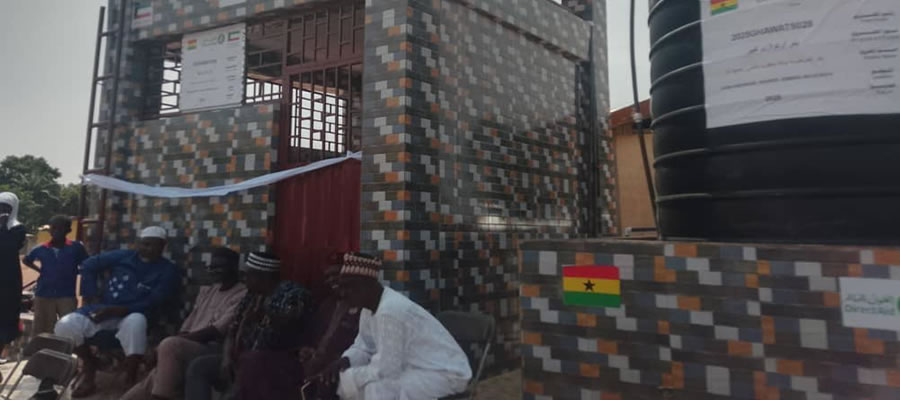
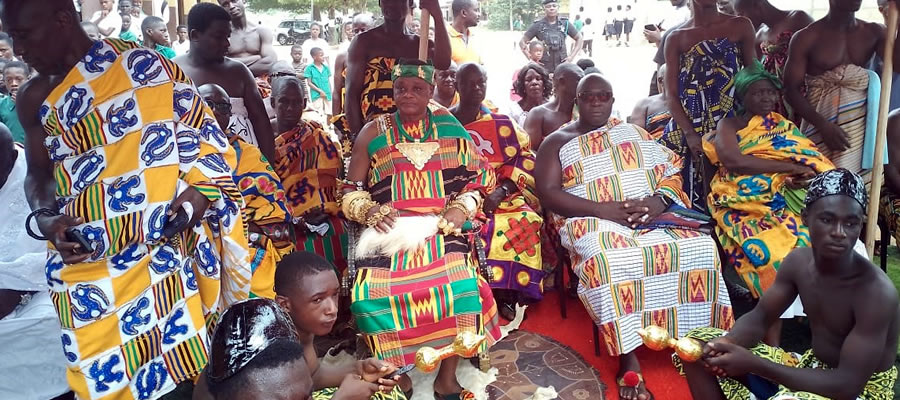
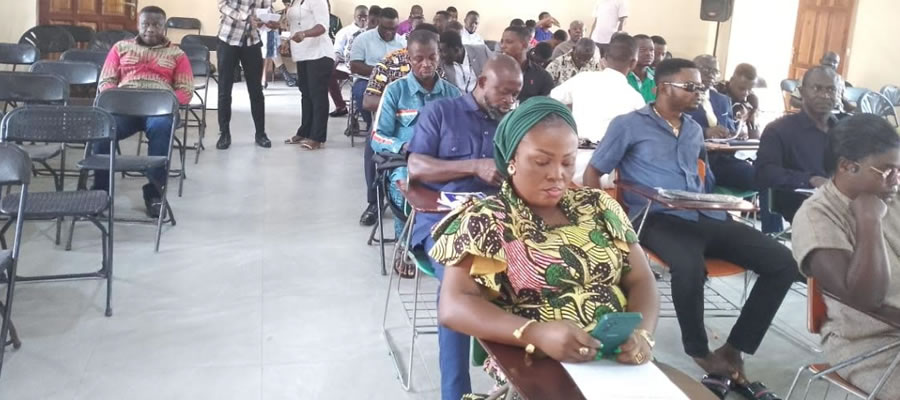
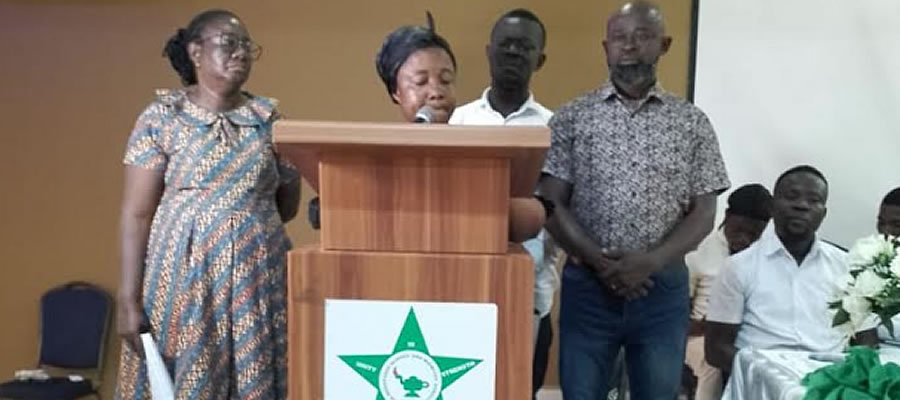
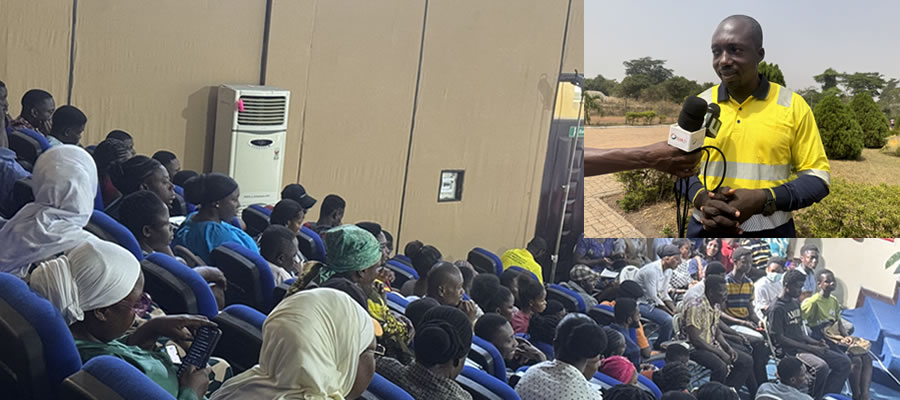





 facebook
facebook
 twitter
twitter
 Youtube
Youtube
 +233 593 831 280
+233 593 831 280 0800 430 430
0800 430 430 GPS: GE-231-4383
GPS: GE-231-4383 info@ghanadistricts.com
info@ghanadistricts.com Box GP1044, Accra, Ghana
Box GP1044, Accra, Ghana